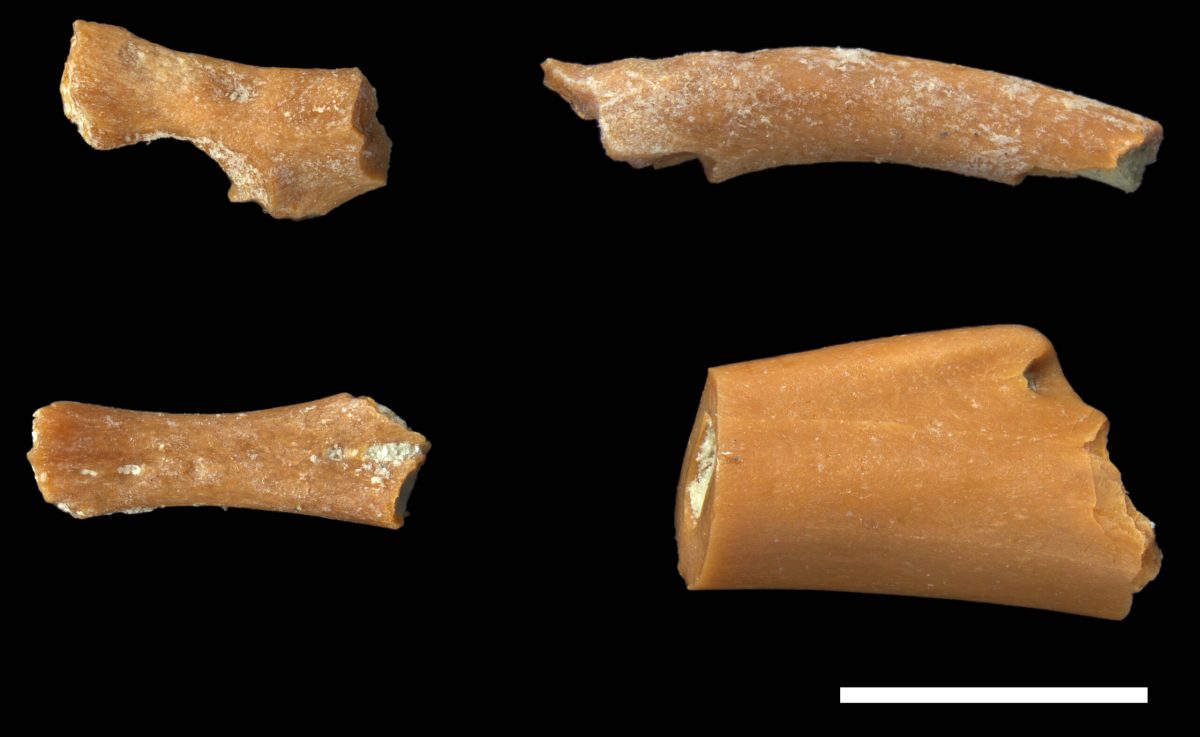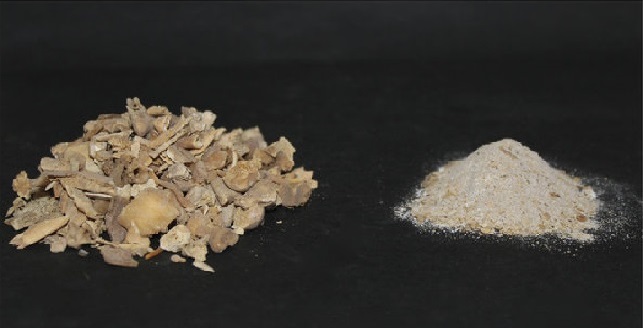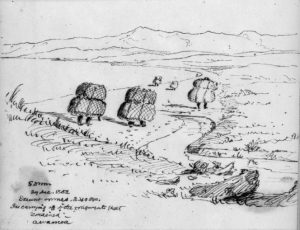In the bowels of the Museum of New Zealand Te Papa Tongarewa, the little frog waited. In 2005 scientists had released its bones from its sediment tomb on the banks of the Waipara River in North Canterbury.
The discoverers – Bruce Marshall, Phil Maxwell, and Al Mannering – had carefully collected the tiny bones that remained and deposited them in the museum where they were identified as belonging to a frog before they were gently packed away. There the little frog waited like a heirloom toy waiting for the next generation of scientists to rediscover and treasure it.
A few years later the lid was lifted on the little frogs’ new home. Its bones were carefully taken from its box and placed under the microscope. Every bump and groove was described in detail and compared to other frogs from around Aotearoa New Zealand. Continue reading “The little frog with a big legacy”




